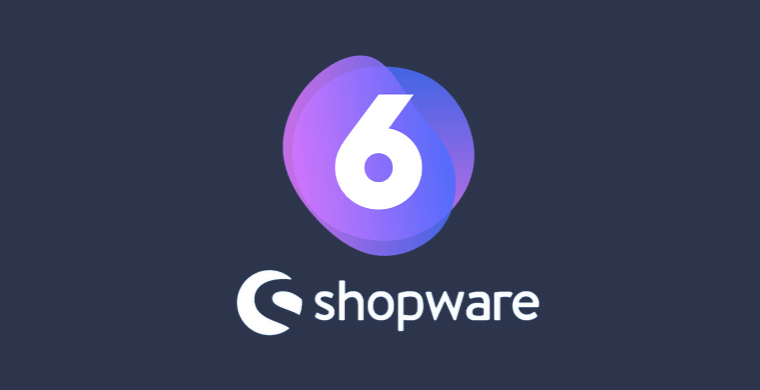
The most excellent eCommerce software may be more complex to find than it first appears. It necessitates a comprehensive analysis of specific requirements, features, and tools. One of the most essential choices you’ll need to make as your company grows is how to scale the store. I’ll review everything you need to be aware of regarding Shopware 6 to assist you with that—an in-depth analysis of this adaptable and uncomplicated eCommerce platform that could perfectly fit your business needs.
Shopware 6: What is it?
A contemporary eCommerce platform, Shopware combines flexibility and enterprise-level functionality. The venue may be expanded and customised with new features or a unique design. Small and medium-sized online businesses can use Shopware 6 to quickly implement a shop based on pre-built components and ready-to-use plugins.
The MIT licence for Shopware 6’s open-source technology permits unrestricted platform modification and redistribution by the community. These days, it’s critical to create a large and vibrant community around technology. The platform’s development is accelerated by the community’s continual creation of new plugins and the development of current ones.
Comparing Shopware 5 and 6
It is important to note that Shopware 6 is not a continuation of Shopware 5. It is a brand-new platform with cutting-edge architecture and current philosophy. Following the API-first methodology, Shopware 6 enables the development of a distinctive commerce platform in a headless architecture. Shopware 6’s API allows users to manage every feature, allowing businesses to use it as the central centre for all retail activities. It is particularly true if the platform includes many sales channels, such as POS, social media, or Amazon. The strategy Iypave the way for Shopware 6 integrations with mobile apps, wearable technology, voice assistants, and more.
What has Shopware 6 Added?
Users can design complex procedures or dependencies without programming knowledge thanks to a flexible Rule Builder that allows them to customise prices, shipping, charges, and content.
Additionally, Shopware 6 enables extensive client context customization. Retailers can customise their offer and modify the interface and content to fit the situation, such as allowing voice ordering.
Overview of the Shopware 6 Architecture
Shopware 6 is a completely new design. Shopware decided to build the new platform using an API-first design strategy, ensuring that every action on the platform can be accessed via API and is available across all sales channels. Retailers can provide their items using this strategy regardless of the platform, location, or time. A simple interface with CRM, ERP, or PIM is also available. A licenced Shopware Business Partner is Scandiweb.
Highest Shopware 6 Features
The consumer experience is the main focus of Shopware 6. The main functions enable client tracking, a unified cross-channel shopping experience, and the creation of specialised offers.
1. Rule Builder
The Rule Builder is a new tool that enables flexible rules to be created to offer price promotions and cross-selling opportunities to particular clients. Additionally, it can be used to show or hide content by corporate regulations.
The technology enables client targeting through the use of intricate and nested rules that are simple to comprehend. An intuitive user interface allows even non-technical persons to map complex processes without scripting.
2. Retail Experiments
A new CMS called Shopping Experiences, which replaces Shopping Worlds in Shopware 5, combines content and commerce to create a consistent shopping experience across all media. It doesn’t require any prior technical expertise because of its simple use.
Shopping experiences are prefabricated pieces that can be combined in different ways with texts, photos, commerce-related elements, and videos. Each block automatically responds to the selected sales channel and is responsive. The retailer can use the tool to create the layout for landing, product, and category pages. The first wholly integrated eCommerce CMS with a PWA application is Shopping Experiences.
3. Sales Routes
Shopware’s new platform was developed to sell wherever your consumers are in mind. Regardless of the channel, Shopware 6 is intended to serve as the central core for all retail operations. It makes no difference if it’s a social media site, an online store, a marketplace, or a point-of-sale system. Shopware 6 enables one-stop management of all of them. A variety of language or currency differences may exist between sales channels.
Conclusion
In this piece, we’ve discussed Shopware 6, a modern eCommerce platform combining flexibility and enterprise-level features. The platform can be enhanced and fully personalised with fresh functions or a distinctive look. Use Shopware 6 to implement a shop based on pre-built components and ready-to-use plugins for small and medium-sized online enterprises.










